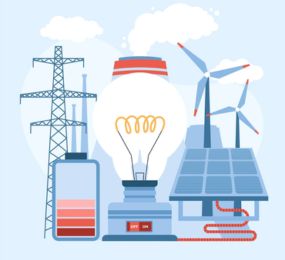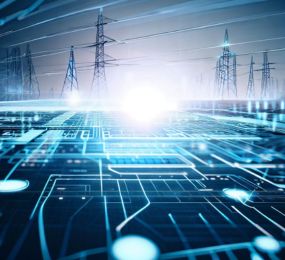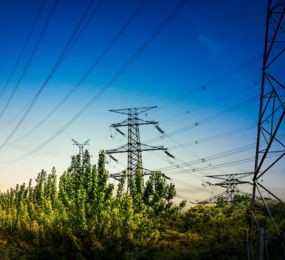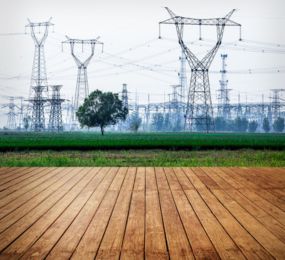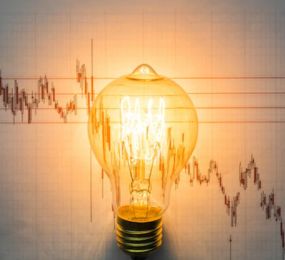In the realm of modern power grids, the convergence of big data analytics and machine learning has emerged as a game-changer. The power industry, like many others, is experiencing a digital transformation that leverages data-driven insights and intelligent algorithms to optimize grid operations. This transformative synergy between big data and machine learning is paving the way for a more efficient, reliable, and sustainable energy future.
Harnessing the Power of Big Data
Big data analytics in power grids involves the collection, processing, and analysis of vast amounts of data generated by grid components, sensors, and smart meters. This data deluge provides a comprehensive view of grid performance, enabling operators to identify inefficiencies, anomalies, and areas for improvement. By extracting valuable insights from this data, grid operators can make informed decisions to enhance grid reliability and efficiency.
The Role of Machine Learning
Machine learning, a subset of artificial intelligence, empowers power grid operators with predictive capabilities and autonomous decision-making. Machine learning algorithms can identify complex patterns and relationships within grid data that may be imperceptible to humans. By continuously learning from historical data, these algorithms can predict equipment failures, optimize energy distribution, and even anticipate and mitigate grid disturbances.
Grid Optimization in Real Time
One of the key advantages of big data analytics and machine learning is their ability to optimize grid operations in real time. Grid operators can monitor the grid's health and performance in real time, allowing for rapid responses to disruptions, load imbalances, and fluctuations in energy supply and demand. This real-time optimization minimizes downtime, maximizes energy efficiency, and enhances grid stability.
Integrating Renewable Energy Sources
The integration of renewable energy sources such as solar and wind presents unique challenges due to their variability. Big data analytics and machine learning play a pivotal role in managing this variability. These technologies can predict renewable energy generation with high accuracy, enabling grid operators to balance supply and demand effectively. This integration reduces energy wastage and enhances the reliability of renewable energy sources.
Enhanced Grid Resilience
In an era where grid resilience is paramount, big data analytics and machine learning contribute significantly. These technologies enable rapid fault detection and correction, reducing downtime and ensuring grid stability even in the face of unexpected events. This enhanced resilience safeguards energy supply during natural disasters, cyberattacks, and other disruptions.
The marriage of big data analytics and machine learning is ushering in a new era of grid optimization. By harnessing the power of data and intelligent algorithms, the power industry is on a path towards more efficient, reliable, and sustainable energy grids. As these technologies continue to evolve, we can expect even greater advancements in grid optimization and a brighter energy future for all.
Visit our website to register and secure your spot today! click here: https://bit.ly/3peklYc
For more information and group participation, contact us: [email protected]


